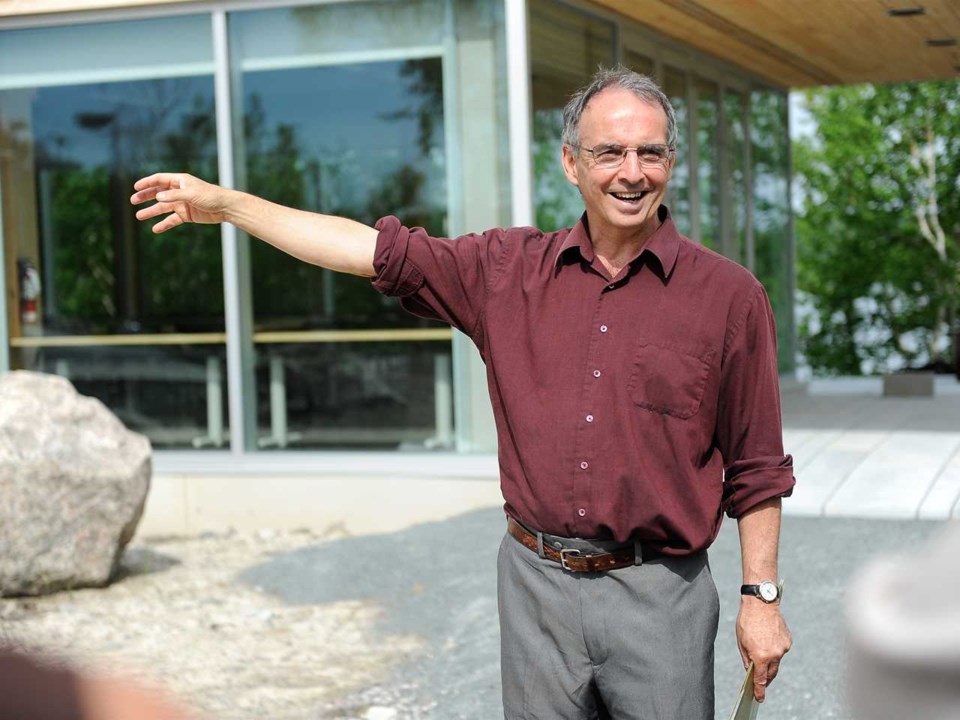John Gunn came to Sudbury in 1978 as a young Ministry of Natural Resources biologist with a special interest in acid rain and its impact on the environment.
At the time, there were in the neighbourhood of 100 lakes in and around Sudbury that were devoid of Lake Trout and other game fish due to the impact of sulphur dioxide emissions from area smelters.
Data collected from lakes in the Sudbury area demonstrated that recovery was possible and influenced pollution control measures that were legislated not only in Canada, but also in the United States.
John also played a role in the cleanup of Junction Creek, a “horribly degraded” waterway that runs through the heart of Sudbury. While recognizing the value of public advocacy for cleaning up the environment, John’s experience is that credible scientific data, government regulations and collaboration with industry are more effective than finger pointing and abuse.
“Incremental positive change can happen if you work together on things that are feasible,” he advises.
John was instrumental in founding the Sudbury-based Co-operative Freshwater Ecology Unit in 1989 and the Vale Living With Lakes Centre in 2011, positioning Sudbury as a globally recognized centre for aquatic research.
Why should municipal officials, economic development officers, entrepreneurs and mining companies care about the environment? “Today, we’re all judged by our performance on environmental sustainability,” John tells us in this video. “People want to live beside a clean lake and breathe fresh air, so quality of life is absolutely essential.”
Forty plus years after John’s arrival in Sudbury, the image the city had as an environmental wasteland has been erased. Ninety-eight per cent of the air pollution has been eliminated, the Lake Trout are back and the Sudbury Recovery Story is known around the world.
